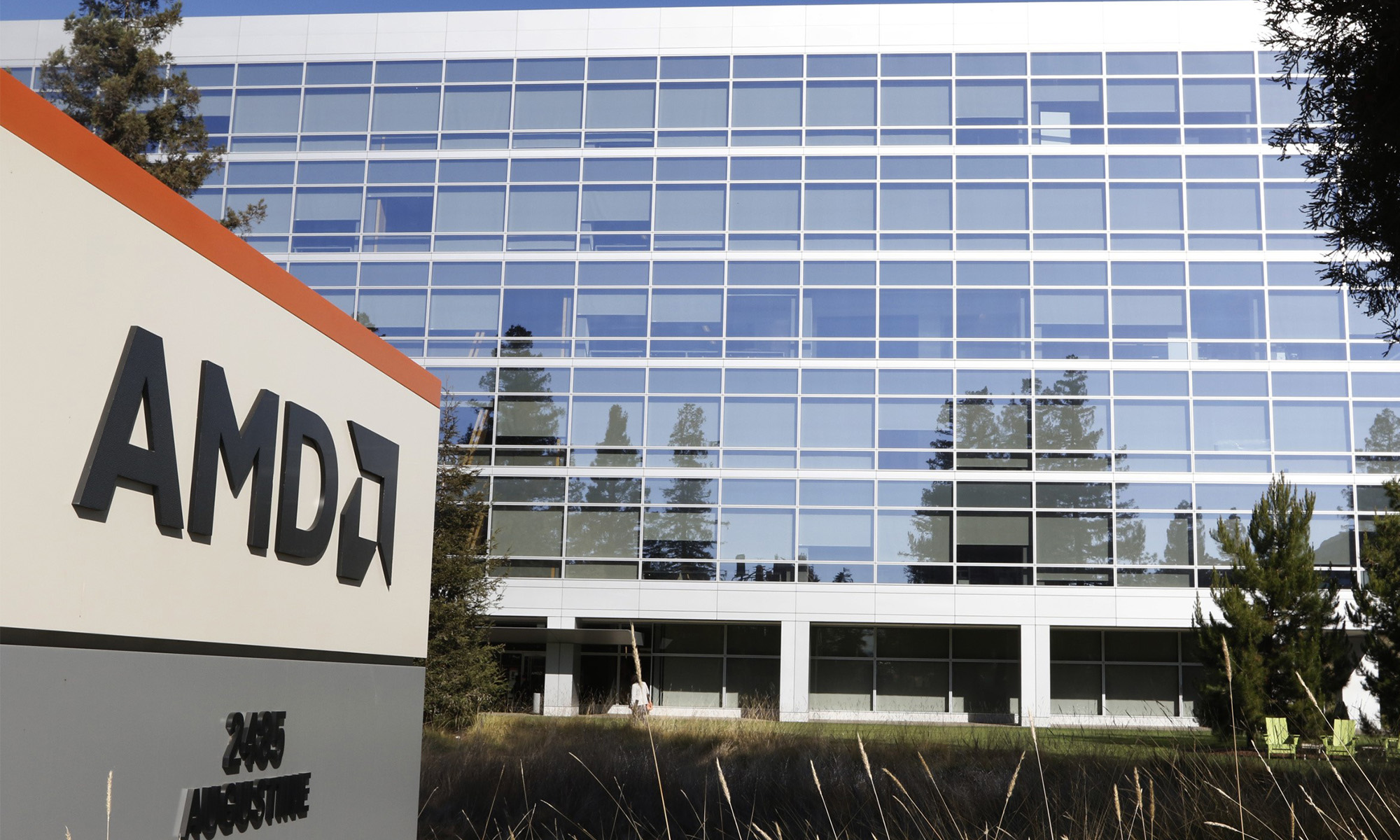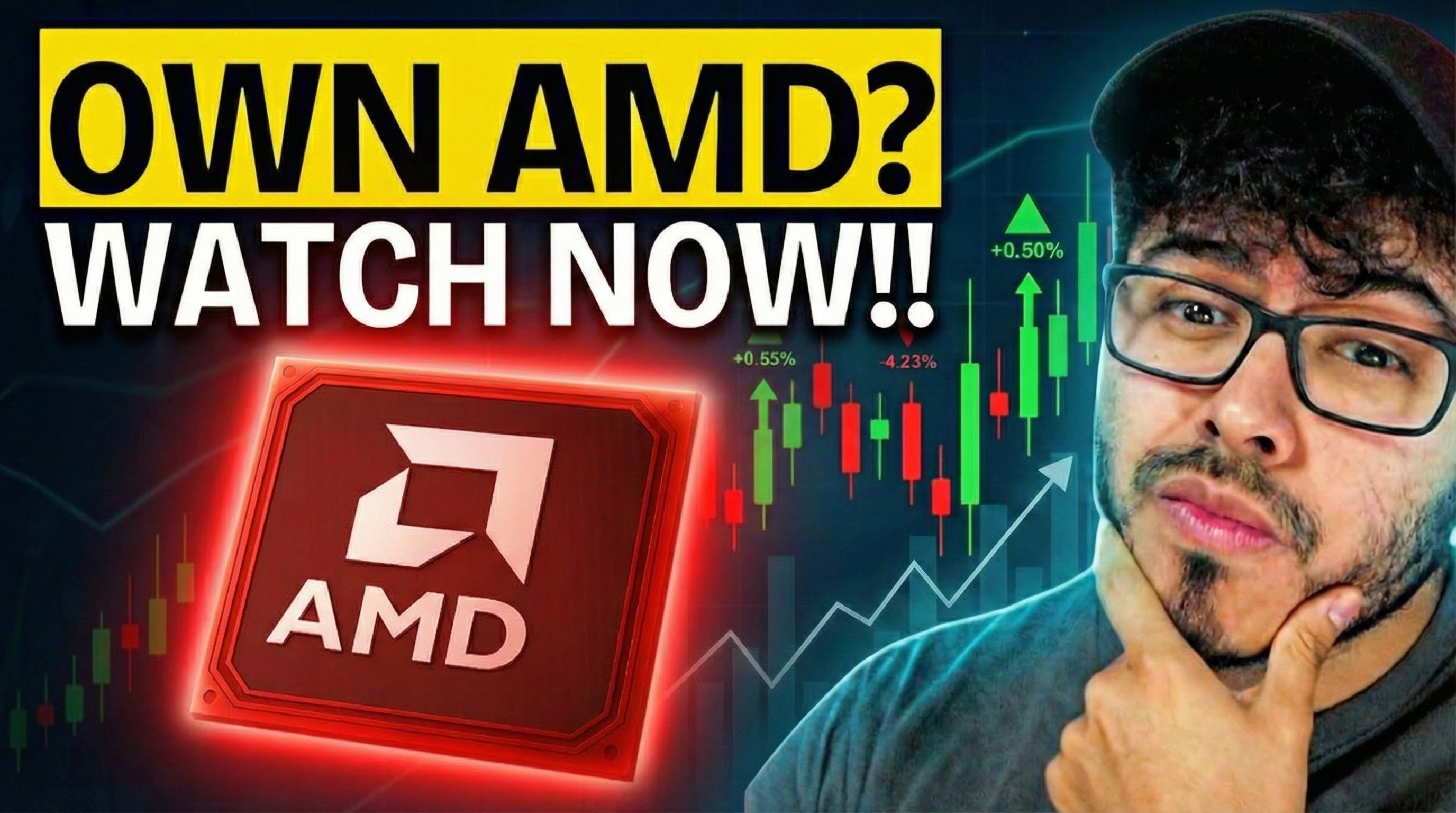Modeling a business that participates in a market with fairly predictable growth seems like child's play in comparison to trying to model a company that participates in an eclectic set of businesses with some growing and others shrinking. An additional twist in the world of high tech is that market share positions can often be incredibly volatile and highly dependent on the competitive positioning of products from multiple companies. Advanced Micro Devices (AMD 4.81%) is probably the semiconductor industry's biggest "battleground" stock. The key question that really matters above all else: What can AMD do in 2014?
Four important questions
In order to understand how AMD's top and bottom lines -- and ultimately its share price -- will perform during 2014, it is important to ask the following four questions:
1. Will the PC market be in perpetual secular decline, or will it bottom out and rebound at some point? Along those same lines, how does AMD's competitive position in that market look against PC behemoth Intel (INTC 4.33%)?
2. Can AMD's efforts to branch into dense servers and communications/networking infrastructure bear fruit?
3. What will AMD's competitive position in the GPU market look like? Is the underlying discrete GPU market growing or is it stagnant or even declining?
4. How attractive is AMD's semi-custom pipeline? Can AMD build meaningfully on the success of its game console wins, or is this a one-hit wonder from a revenue/profitability perspective?
Answering the PC question
AMD's position in the PC market has largely deteriorated since Intel launched its Core 2 Duo processor in 2006. Since then, AMD has fallen behind in regard to performance and power in its PC chips. While AMD's server success continued on for a while after it lost its PC chip stamina, Intel eventually took back every point of server share that AMD had fought for -- and more. Intel currently holds over 95% of the server market, leaving AMD with under 5%.
The fundamental problems with AMD's position in PCs are both technological and economic. The technological problems stem from Intel's designs generally offering better performance per watt due to the company having a larger R&D budget and more advanced transistor technology. The economic problems are a result of Intel's process technology leadership delivering this improved performance and power while still selling chips that are nearly half the size of AMD's competing chips in some segments.
Going forward, it probably gets worse. Intel is transitioning its low-end PC line to products based on its low power/cost CPU core, and the platform costs will decline substantially as a result. This will allow Intel to price much more aggressively (and gain market share) while still maintaining excellent profitability levels. According to Intel's Kirk Skaugen at the Credit Suisse Technology Conference, the company has less than 50% of the low-end PC market – setting the stage for market share loss on AMD's part.
Dense servers should be a "wait and see"
AMD has talked at length about dense servers and is even planning to launch some interesting low-power server parts in 2014. While it is still unclear as to why AMD would have any better luck with ARM servers than it did against Intel's higher performance/power processors, it's still too early to really estimate the market opportunity and AMD's potential share within that opportunity (since the space is rather crowded.) This is a wait-and-see play, though SeaMicro and its unique interconnect fabric coupled with AMD's years of experience in servers does give it a leg up on some of the smaller players.
Thinking about GPUs
In the discrete GPU market, AMD is in fierce competition with NVIDIA (NVDA 3.30%). Given that the PC gaming market is growing and Intel has reported that its very highest-end Core processors are selling in record volumes, it would stand to reason that the high-performance discrete GPU market will continue to prosper. Can AMD win back market share from NVIDIA? Only time will tell, although NVIDIA is an exceptionally fierce competitor here.
Semi-custom
The last area we need to look at is semi-custom hardware. The game console wins are certainly nice and will provide a nice revenue stream over the next five to seven years (if the prior console life-cycles are anything to go by), but what else is in the pipeline and how big are these opportunities? A couple of deals of similar magnitude to the console deals could really help AMD's shares take off. Until investors start seeing some evidence of these deals, though, it's probably best to take a more cautious view of the opportunity here.
Foolish bottom line
AMD's business is in transition. The weak PC market, coupled with the company's weak position in the PC market, is still a major concern. While other opportunities do look compelling, more data is needed before it is possible (or even responsible) to have a high-conviction view (either long or short) on the company's stock. For now, it's more of a speculative bet on a potentially much brighter 2014 if AMD's non-PC businesses really take off.






